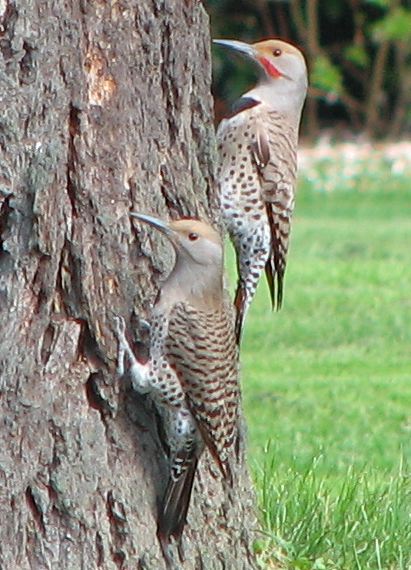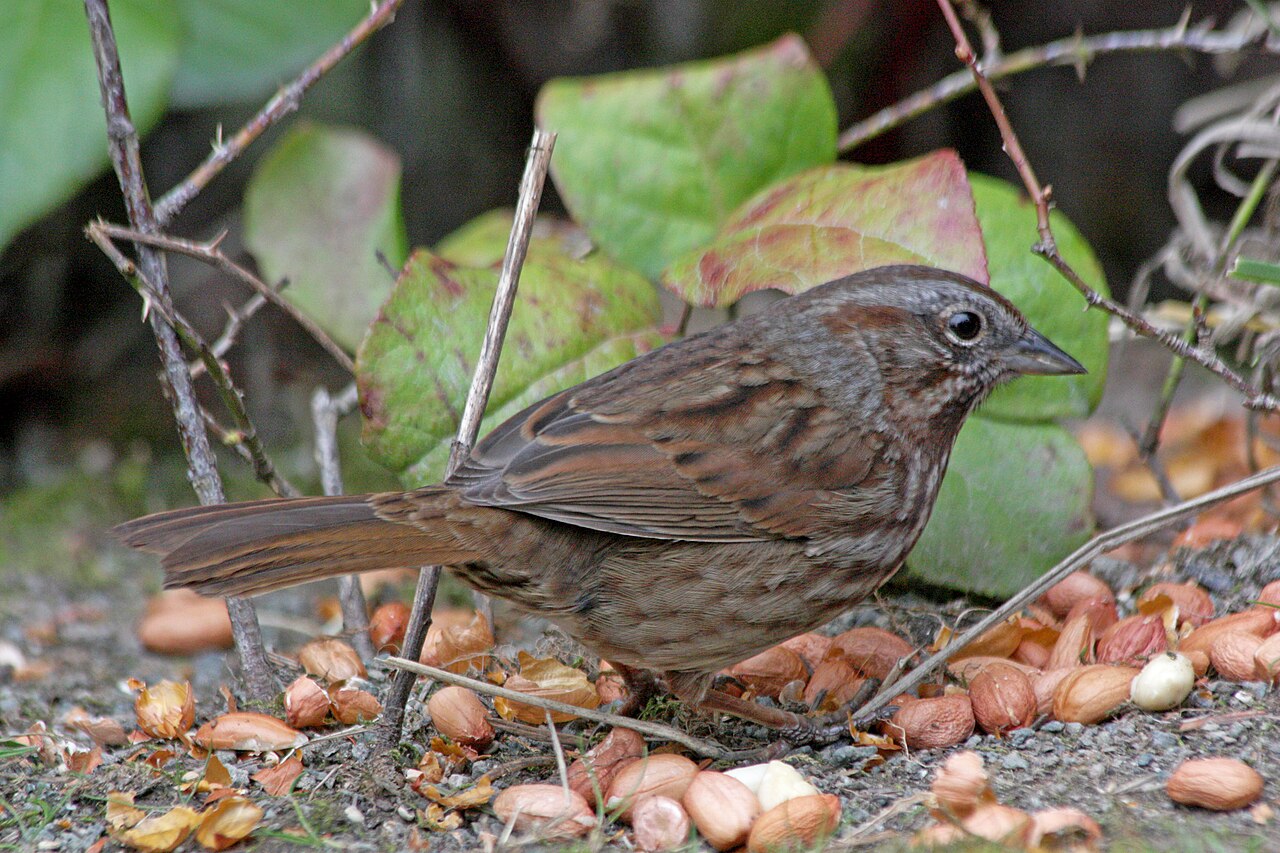As evening falls, the crows arrive.
First just two or three. Then clusters of half a dozen or more. Calling, cawing, the crows wing their way over our house, a black arrow of birds pointing to the west.
The crows look purposeful, and they are. They are heading home from a day spent gleaning in fields, parks, and city streets to roost for the night at the UW Bothell campus, along with more than 10,000 others of their kind.
My husband and I headed there, too, one recent evening to watch for their arrival. The sky was that wash of pink and blue peculiar to midwinter dusk, with purple shades of night seeping in around the edges.
And then the pink and blue became speckled with bits of black. From all directions, the crows came, from Seattle and Sultan, from Snohomish and Skykomish. Their cawing grew from a few raucous cries to a seething, swirling wall of sound.
Crows perched on the roof and in the trees. Late arrivals gathered on the grass before looking for spaces in the crowd. Clusters of crows would startle and fling themselves into the air, making the constant crow-clatter rise and fall, swoop and turn.
The crows aren't here to feed. Nor are they hatching plans to conquer the human race. They're simply seeking safety in numbers.
By nightfall, they'll all be tucked into the willow trees and other vegetation growing thickly in the wetlands on campus. It's a slumber party inspired by a mutual desire to not get picked off by a hungry great horned owl.
These highly social and smart birds have a lot to say before settling down for the night. Who knows what they're sharing as they caw, cackle, and squawk?
By the time we left, the crows had vacated the rooftops. A few stragglers flew in, making straight for the trees; it was easy to imagine they were stealing glances over their shoulders, convinced that an owl was just a few flaps behind them.
At sunrise, the crows will awaken, stretch, and fly off for another day of scavenging, socializing, preening, and playing. Many will head for familiar places while some may be inspired to tag after other birds and find new feeding grounds.
By late spring, the crows will disperse throughout the region, busy with mating, nesting, and raising young. They'll stay in their home territories throughout the summer. In fall, all the crows--youngsters on up to crows that have been around for 30 or 40 years--will resume trekking to the campus to roost in the trees.
First just two or three. Then clusters of half a dozen or more. Calling, cawing, the crows wing their way over our house, a black arrow of birds pointing to the west.
The crows look purposeful, and they are. They are heading home from a day spent gleaning in fields, parks, and city streets to roost for the night at the UW Bothell campus, along with more than 10,000 others of their kind.
My husband and I headed there, too, one recent evening to watch for their arrival. The sky was that wash of pink and blue peculiar to midwinter dusk, with purple shades of night seeping in around the edges.
And then the pink and blue became speckled with bits of black. From all directions, the crows came, from Seattle and Sultan, from Snohomish and Skykomish. Their cawing grew from a few raucous cries to a seething, swirling wall of sound.
Crows perched on the roof and in the trees. Late arrivals gathered on the grass before looking for spaces in the crowd. Clusters of crows would startle and fling themselves into the air, making the constant crow-clatter rise and fall, swoop and turn.
The crows aren't here to feed. Nor are they hatching plans to conquer the human race. They're simply seeking safety in numbers.
By nightfall, they'll all be tucked into the willow trees and other vegetation growing thickly in the wetlands on campus. It's a slumber party inspired by a mutual desire to not get picked off by a hungry great horned owl.
These highly social and smart birds have a lot to say before settling down for the night. Who knows what they're sharing as they caw, cackle, and squawk?
By the time we left, the crows had vacated the rooftops. A few stragglers flew in, making straight for the trees; it was easy to imagine they were stealing glances over their shoulders, convinced that an owl was just a few flaps behind them.
At sunrise, the crows will awaken, stretch, and fly off for another day of scavenging, socializing, preening, and playing. Many will head for familiar places while some may be inspired to tag after other birds and find new feeding grounds.
By late spring, the crows will disperse throughout the region, busy with mating, nesting, and raising young. They'll stay in their home territories throughout the summer. In fall, all the crows--youngsters on up to crows that have been around for 30 or 40 years--will resume trekking to the campus to roost in the trees.

















